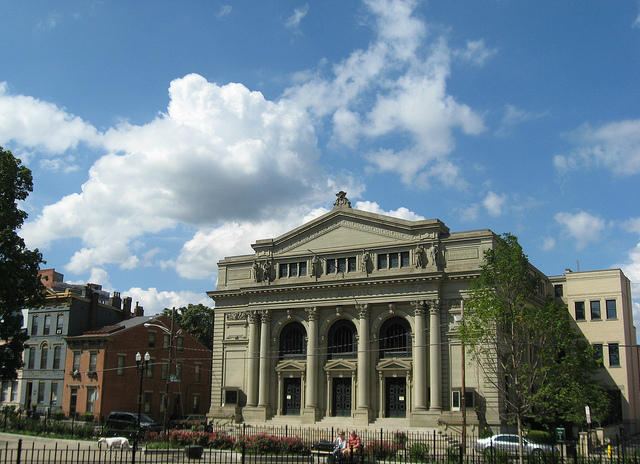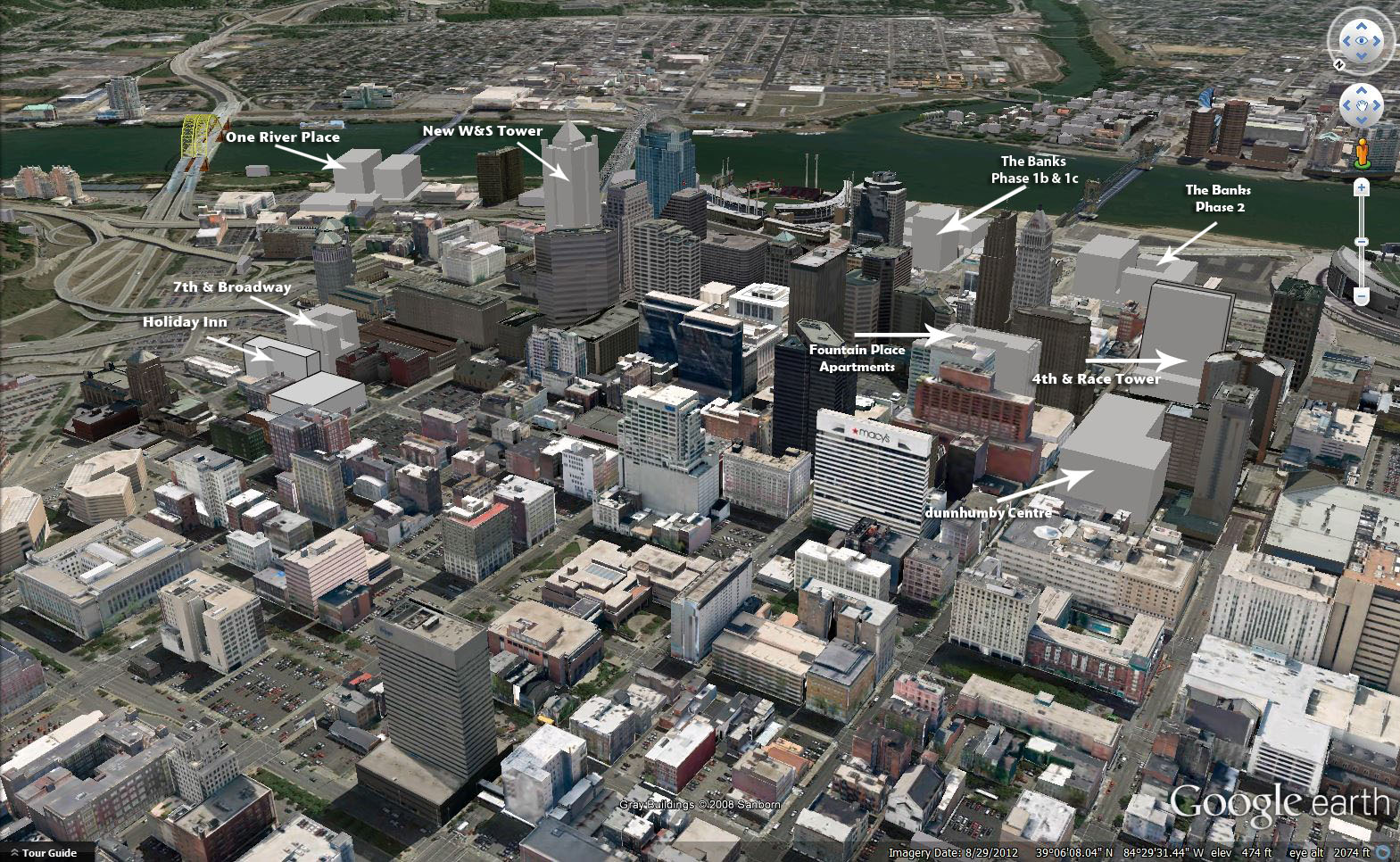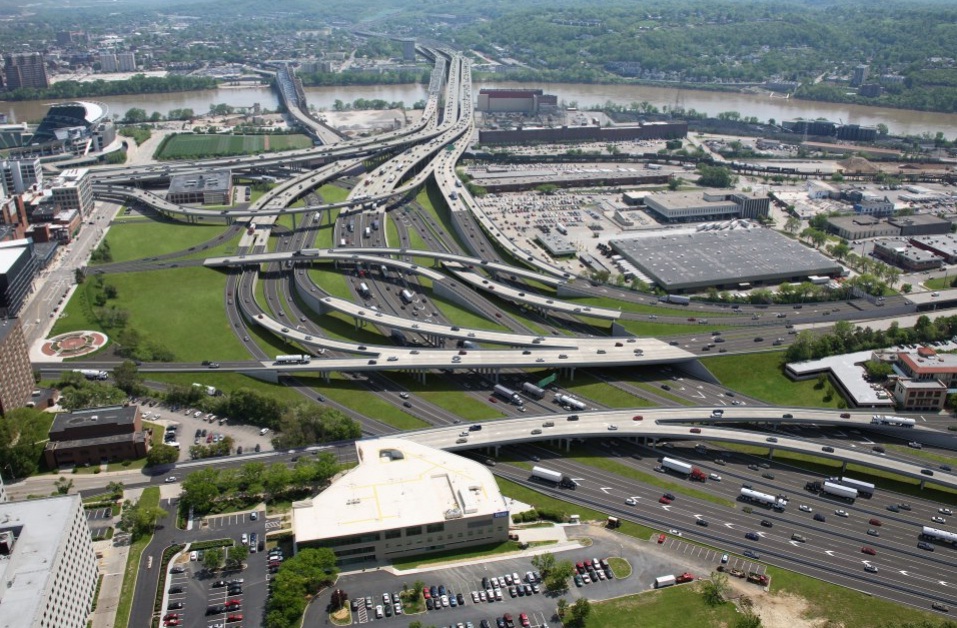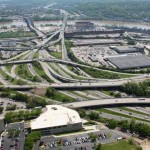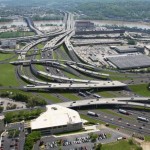In an effort to better connect you with the region’s land use and transportation decision makers, we are doing something different this month for URBANexchange.
Instead of meeting at the Moerlein Lager House for food, drinks, networking and conversation, we will be meeting at Memorial Hall for the OKI Reveal event.
At this event, the OKI Regional Council of Governments will be sharing the information they have gathered and developed thus far as part of their regional planning process. This past winter, they conducted a survey that asked participants to share their thoughts on how they want the region to grow. The results were decisive with respondents indicating that they want walkable communities that are well-connected by transit.
In addition to being able to share your comments and questions with OKI staff, those who attend OKI Reveal through URBANexchange will be treated to an exclusive meet and greet with OKI executive director Mark Policinski.
The URBANexchange meet and greet with Policinski will take place at the start of the event from about 5pm to 5:30pm. At 5:30pm, those in attendance will then be asked to join in on a group photo out on the steps leading into Memorial Hall.
Following the group photo, those in attendance will head back inside to continue learning about OKI’s regional planning process and hear from Tim Miller about the focus land use areas that have been developed thus far.
There will also be a special farewell tribute for Don Burrell, senior bike planner at OKI for 35 years who has decided to retire. Burrell, over the course of his career, has said that he has put more than 90,000 miles on his bike and is striving for 100,000.
The OKI Reveal event will last until about 7pm, and then those that are still in attendance will head across the street to Washington Park for live jazz out on the oval lawn for their fellow urbanists.
All of this is free and open to the public, but we do encourage you to RSVP online. If you want to meet with the URBANexchange group, we will meet on the sidewalk just in front of the steps leading into Memorial Hall starting at 4:45pm, and then head inside at 5pm.
Memorial Hall is accessible via several Metro bus routes and sits along the first phase of the Cincinnati Streetcar system. Those who bike to the event will be treated to a free bike valet courtesy of Queen City Bike.
